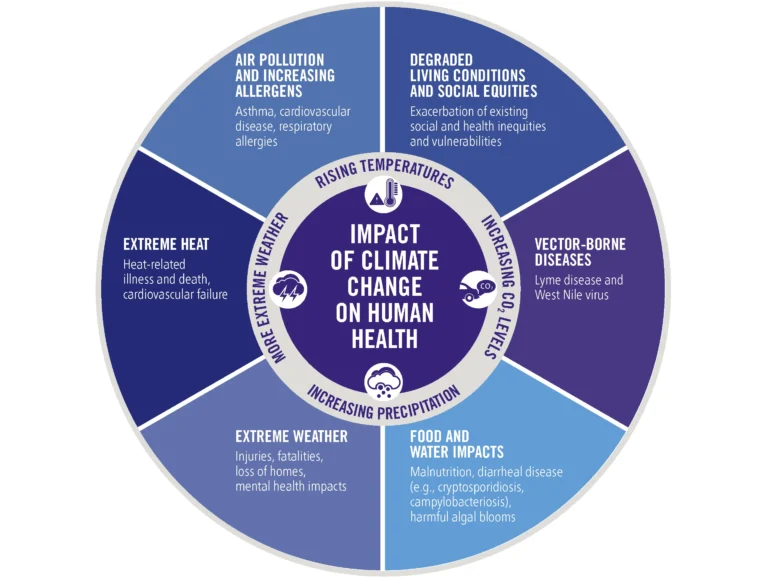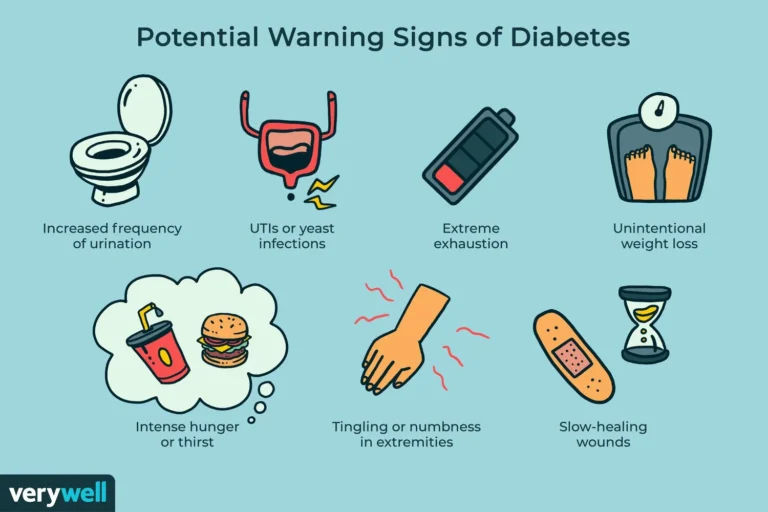Exploring the Impact of Hidden Plastics
Hidden Plastics in Clothing:In today’s fashion industry, the presence of hidden plastics in our clothes has become a concerning issue. From synthetic fibers to microplastic pollution, these unseen materials pose significant environmental and health risks. Let’s delve deeper into this hidden aspect of our wardrobe and discover effective ways to minimize our plastic footprint.
Table of Contents
Understanding Synthetic Fibers: The Culprit Behind Hidden Plastics
Synthetic fibers, such as polyester, nylon, and acrylic, have gained popularity in clothing production due to their affordability and durability. However, these materials are essentially plastic polymers derived from fossil fuels. With each wash, synthetic garments release microfibers into the water, contributing to plastic pollution in our oceans and waterways.
Unveiling Microplastic Pollution: The Silent Threat Lurking in Our Laundry
Microplastics, tiny plastic particles measuring less than five millimeters in size, are another consequence of hidden plastics in our clothes. These particles shed from synthetic garments during washing and eventually find their way into the environment, posing a threat to marine life and entering the food chain.
Strategies for Avoiding Hidden Plastics in Clothing
Choose Natural Fibers
Opt for clothing made from natural fibers like cotton, wool, hemp, or linen. These materials are biodegradable and have a lower environmental impact compared to synthetic counterparts.
Prioritize Sustainable Brands
Support fashion brands committed to sustainability and transparency in their production processes. Look for certifications like GOTS (Global Organic Textile Standard) or OEKO-TEX Standard 100, which ensure environmentally and socially responsible manufacturing practices.
Embrace Secondhand Shopping
Explore thrift stores, vintage shops, and online resale platforms to find unique clothing items while reducing demand for new garments. Secondhand shopping promotes circular fashion and helps divert clothing from landfills.
Launder Mindfully
Wash clothes less frequently, use cold water, and opt for liquid detergent over powder to minimize microfiber shedding. Consider investing in a microfiber-catching laundry bag or washing machine filter to capture microplastics before they enter the water.
Conclusion: Hidden Plastics in Clothing
By raising awareness about hidden plastics in clothing and providing actionable tips for avoiding them, we can collectively work towards a more sustainable and eco-friendly fashion industry. Let’s strive to make informed purchasing decisions and prioritize garments that align with our values of environmental stewardship and ethical consumption.
FAQs : Hidden Plastics in Clothing
1. How do synthetic fibers contribute to plastic pollution?
Synthetic fibers shed microfibers during washing, which eventually end up in water bodies, contributing to plastic pollution.
2. Are all synthetic fibers harmful to the environment?
While synthetic fibers pose environmental challenges, some brands are innovating with recycled or bio-based alternatives to mitigate their impact.
3. How can I identify hidden plastics in clothing?
Check clothing labels for materials like polyester, nylon, and acrylic, which are indicators of synthetic fibers containing hidden plastics.
4. Is it better to buy natural fiber clothing?
Clothing made from natural fibers like cotton, wool, and hemp tends to have a lower environmental impact and biodegrades more readily than synthetic alternatives.
5. What role can consumers play in reducing hidden plastics in clothing?
Consumers can support sustainable brands, choose natural fibers, embrace secondhand shopping, and launder clothes mindfully to minimize hidden plastics in clothing.







